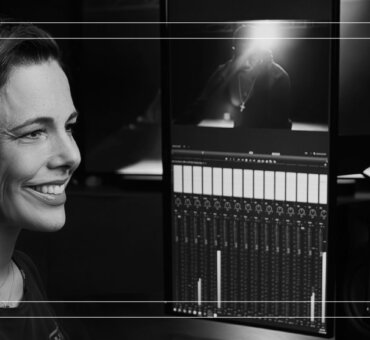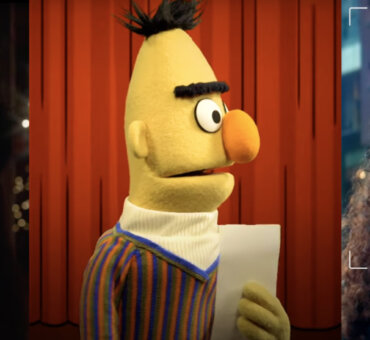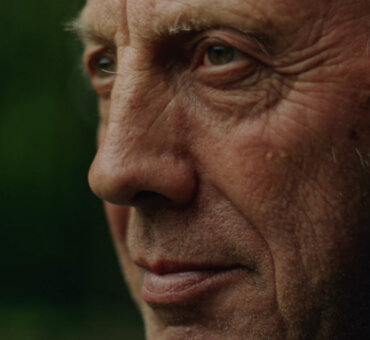Seven hours, three minutes.
That’s the average daily screen time for US adults in 2025. Digital wellness continues to trend, yet screens remain a central part of everyday life. And while devices bring people closer to content, they often leave them feeling further from connection.
This shift has sparked a return to storytelling that prioritizes presence. Audiences are turning to work that slows the pace, captures real textures, and reflects authentic human experiences. These moments feel grounded, offering a rare sense of emotional clarity in a world filled with noise.
Across the industry, filmmakers are building scenes with intention—allowing viewers the space to reconnect with themselves, their surroundings, and the stories unfolding onscreen.
RELATED READS: Docu-Style Filmmaking: The Emotional Resonance of this Re-Emerging Film Style
The nine examples that follow demonstrate how today’s most emotionally resonant work is crafted. These films, series, and campaigns rely on real environments, tangible materials, and stories that feel lived-in. They create cinematic experiences designed to restore a sense of trust between the viewer and the frame.
Analog Storytelling in Film: Storytelling Through Texture, Time, and Tone
The Eight Mountains
In the 2022 film The Eight Mountains, two childhood friends reconnect while rebuilding a remote stone hut in the Italian Alps.
No smartphones, only cowbells, campfires, human contact, and time to hear your own thoughts, breathe, and reconnect.
Shot in 4:3, using ARRI Alexa Mini cameras, then color-graded to give it a nostalgic 90s look, the film evoked the feeling of old home movies.
A gorgeous, sensual experience that helped viewers settle into stillness and remember the power of simplicity.
Past Lives
For his film Past Lives, Cinematographer DP Shabier Kirchner chose Kodak 35mm for its organic grain and texture. He said he wanted to bridge decades and create a love story — a “radiant romance” — that felt timeless rather than techy.
Every shot carries emotional weight, with natural light and quiet intimacy drawing the viewer into a world that feels enduring and close.
RELATED READS: ‘Minari’ Editor Harry Yoon, ACE on Audience/Character Connections
The Holdovers
The Holdovers feels film-grainy, even down to using vintage lenses and Panavision to capture the analog feeling of the 1970s, when it is set.
Every element, down to the orphaned mitten drifting downstream and the naturally lit chapel scene, drops viewers into a resolutely pre-digital boarding-school winter.
RELATED READS: High Stakes & Low Light: How Blue Hour Set the Stage for “RED,” Ep. 2 of A Thousand Suns
All these three films convey how texture, quiet, and an unpolished environment can feel striking.
It’s not the amount of digital wizardry in these films that makes the connection, but the simplicity and profound lack of digital distraction that creates an emotionally immersive viewing experience.
Analog Storytelling in TV: Built by Hand, Experienced by Millions
Shōgun
FX’s Shōgun reconstructs 1600s Japan through 2,300 custom-made costumes, torch-lit sets, and a complete absence of digital markers.
The result is a sumptuous visual feast, which, paired with an engaging, immersive plot and an addictive storyline featuring realistic fights and epic battle sequences, makes for utterly compelling viewing.
On the Roam
In 2024’s On the Roam, Jason Momoa takes a road trip across America to celebrate craftspeople. He visits guitar luthiers, a vintage motorbike builder, a 1920s Rolls-Royce restorer, and artisans who make his movie props.
By focusing on hands-on creativity, the series celebrates artistry rooted in physical tools and generational skills.
RELATED READS: How Filmsupply Gave HBO Max’s “On the Roam” a Gritty, Cinematic Texture
The Last of Us
Season 1 of The Last of Us focuses on two survivors who trade wine, piano ballads, and handwritten menus as they build an entire post-apocalyptic life together.
Powerful stories reconnect humans when Wi-Fi dies (as demonstrated by the show’s most quietly emotional episode). As Entertainment Weekly says, “Not only do they learn how to survive, but more importantly, they learn to live.”
RELATED READS: How Analog Footage Evokes Emotion in Commercial Filmmaking
Analog Storytelling in Advertising: Campaigns That Focus the Viewer
Attention remains the most valuable resource in advertising. As audiences demand more meaningful engagement, brands are turning toward quieter strategies.
Siggi’s “Digital Detox” campaign from 2024 asked participants to give up their smartphones for a month, offering $10,000 to each selected winner. Thousands applied, each story reflecting a growing desire to engage more fully with life offline.
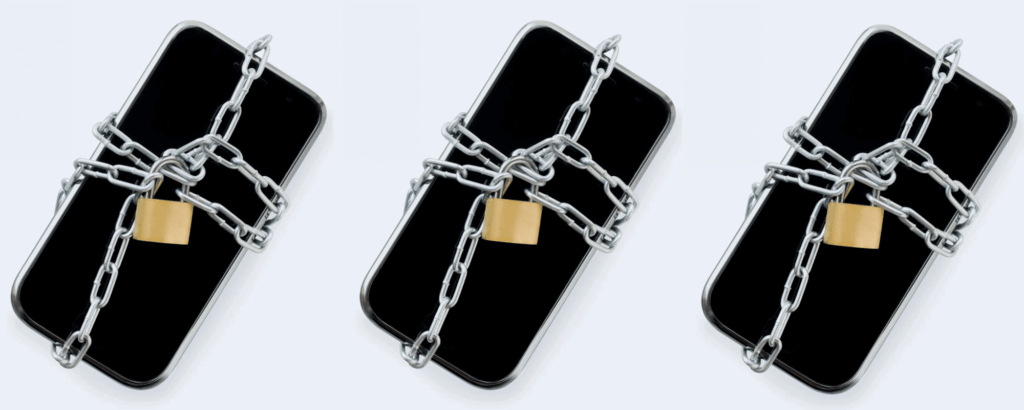
Heineken and Bodega introduced “The Boring Phone,” a transparent flip phone with no apps or internet capabilities. The product launched at Milan Design Week and sparked global interest, generating more than 7 billion impressions and overwhelmingly positive press.
Global Day of Unplugging has expanded into a cultural event, supported by brands, city parks, and HR departments alike. In 2025, the movement encouraged people everywhere to set aside screens for 24 hours, creating space for family, nature, and real-world moments.
These campaigns reached their audiences by aligning values with action, inviting people to make space in their lives for clarity and connection.
Analog Storytelling and Detail as a Creative Standard
Filmmakers and creative teams are embracing tools and techniques that introduce texture, imperfection, and materiality into their work. The use of 35mm film, practical lighting, and unscripted moments elevates a project’s emotional impact by making it feel more grounded.
RELATED READS: The Practical Side of Commercials and Title Sequences with Christopher Webb’s FX WRX
These artistic decisions support storytelling that builds trust and deepens viewer empathy. Every detail—grain, shadow, silence—works in service of a shared experience between the creator and the audience.
With the rise of automated content and algorithmic visuals, work that feels handcrafted stands apart. These films and campaigns reflect a clear perspective and a commitment to the human element of the craft.
Across commercial, narrative, and branded content, audiences are responding to work that feels personal and precise. For filmmakers, this creates an opportunity to lead with clarity and intention—and to leave behind something lasting.
License Authentic Analog & Tech-Free Footage
You can license fully released footage from our Analog footage collection and our Tech-Free collection — only on Filmsupply.
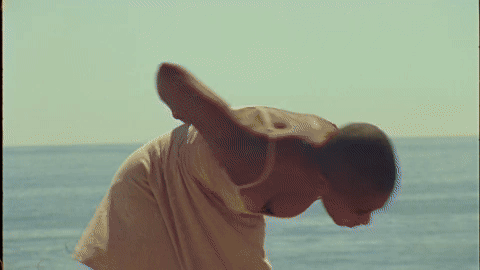

.gif)
.gif)
.gif)
.gif)
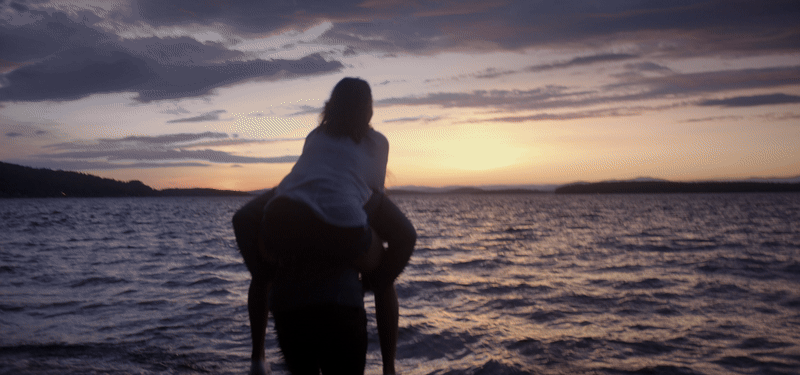
.gif)
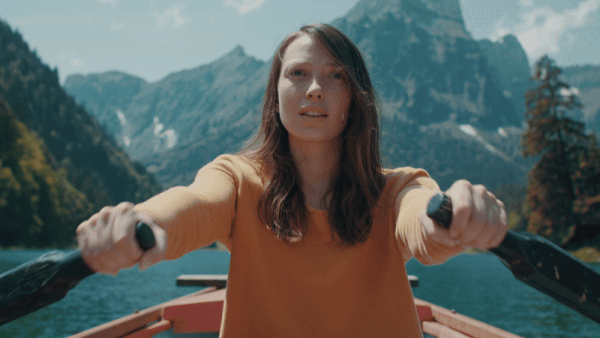
.gif)
.gif)
.gif)
.gif)
.gif)
.gif)



